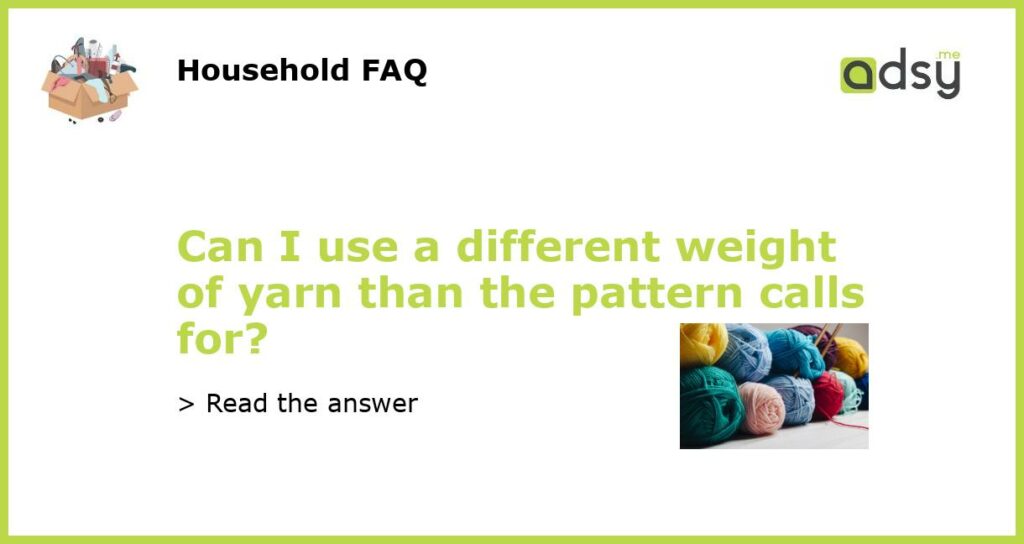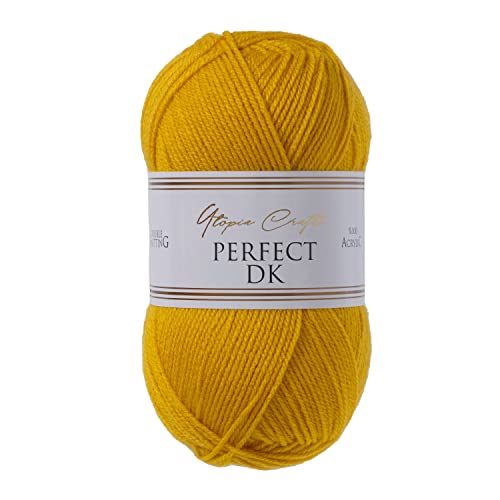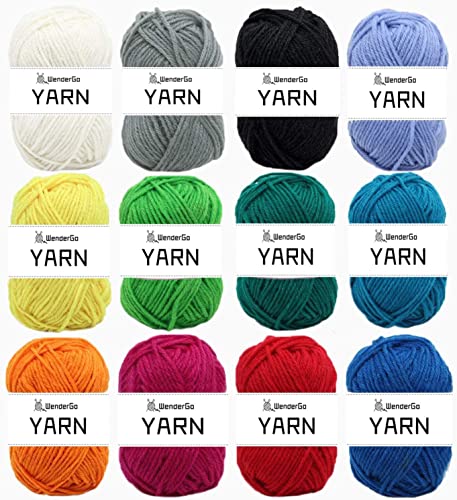Yes, you can use a different weight of yarn than the pattern calls for
When it comes to knitting or crocheting, one of the most common questions beginners have is whether or not they can use a different weight of yarn than what the pattern calls for. The short answer is yes, you can, but there are a few things to consider before making the switch.
Understanding yarn weights
Yarn comes in various weights, which are classified based on their thickness and the number of plies they have. The most common yarn weights are lace, fingering, sport, DK, worsted, bulky, and super bulky. The weight of the yarn affects the drape, stitch definition, and overall look of the finished project.
When a pattern specifies a particular yarn weight, it is because the designer has tested the pattern with that specific weight and has determined that it will yield the desired results. However, this doesn’t mean that you are limited to using only that specified weight.
Considerations when substituting yarn weights
Substituting a different weight of yarn can result in a different finished product, so there are a few things to keep in mind before making the switch:
Gauge: The most important rule when substituting yarn weights is to match the gauge of the pattern. Gauge refers to the number of stitches and rows per inch, and it ensures that your finished project will be the same size as the one in the pattern. To determine if your chosen yarn will match the gauge of the pattern, you can knit or crochet a swatch using the recommended needle or hook size and see if it matches the gauge given in the pattern. If it doesn’t, you may need to adjust your needle or hook size until you achieve the correct gauge.
Yarn characteristics: Aside from gauge, it’s important to consider the characteristics of the yarn you’re substituting. Different yarn weights have different fiber contents, textures, and stitch definitions, which can significantly impact the overall look and feel of the finished project. For example, a thin laceweight yarn will create a delicate and airy fabric, while a bulky weight yarn will create a thick and cozy fabric. Consider how these characteristics will affect the drape, texture, and overall appearance of your project before substituting yarn weights.
Pattern adjustments: When substituting a different yarn weight, you may need to make adjustments to the pattern. For example, if you’re using a thicker yarn than specified, you may need to cast on fewer stitches or use larger needles or hooks to achieve the desired size. Conversely, if you’re using a thinner yarn, you may need to cast on more stitches or use smaller needles or hooks. It’s a good idea to make a small swatch and compare it to the pattern’s measurements to determine if any adjustments are needed.
Resources for choosing the right yarn weight
If you’re unsure about which yarn weight to use or how to substitute yarns, there are several resources available to help you:
Yarn labels: The label of a skein of yarn typically provides information on its weight, fiber content, recommended needle or hook size, and gauge. Take a look at the label of the yarn you’re considering and compare it to the requirements of the pattern. This can give you a good starting point for determining if the yarn will be a suitable substitute.
Ravelry: Ravelry is an online community for knitters and crocheters that offers a vast database of patterns and yarns. The website allows you to search for patterns by yarn weight, making it easy to find projects that are designed for the weight of yarn you have on hand. Additionally, Ravelry has a feature called “yarn substitution” that allows you to input the weight of the yarn the pattern calls for and will suggest alternative yarns that are similar in weight.
Local yarn stores: If you’re still unsure about which yarn weight to use or how to substitute yarns, your local yarn store can be a great resource. The staff at these stores are often knowledgeable about different yarn weights and can provide guidance on which yarns would be suitable substitutes for a specific pattern.
In summary, yes, you can use a different weight of yarn than the pattern calls for, but it’s important to consider factors such as gauge, yarn characteristics, and potential pattern adjustments before making the switch. By understanding these considerations and utilizing resources like yarn labels, Ravelry, and local yarn stores, you can confidently substitute yarn weights and create beautiful projects.






